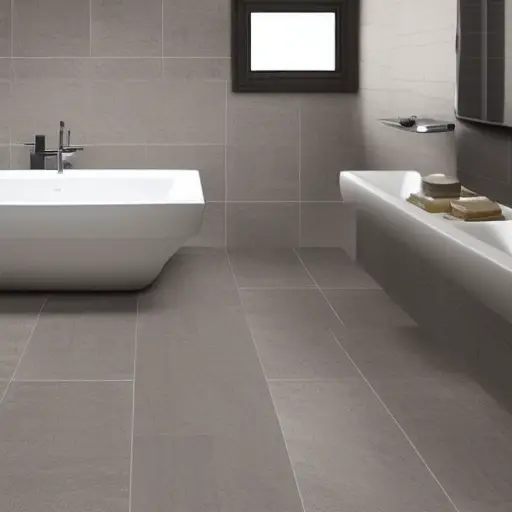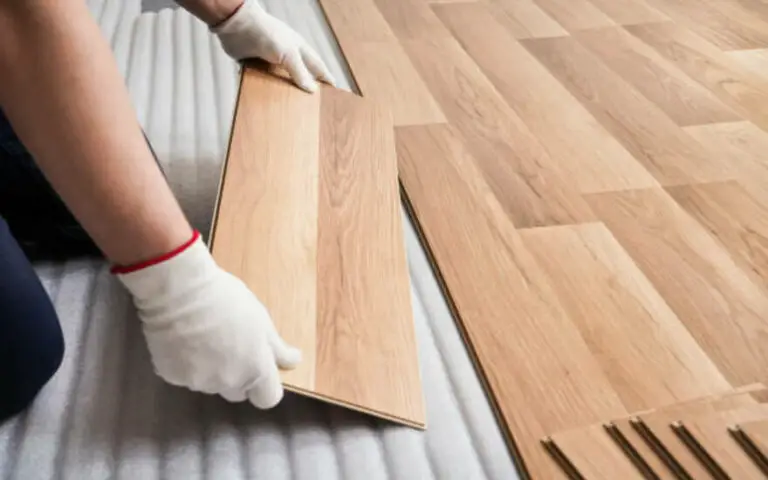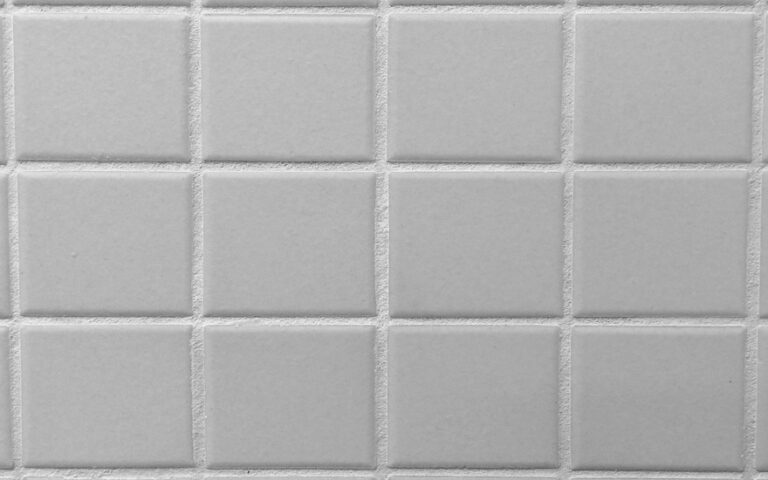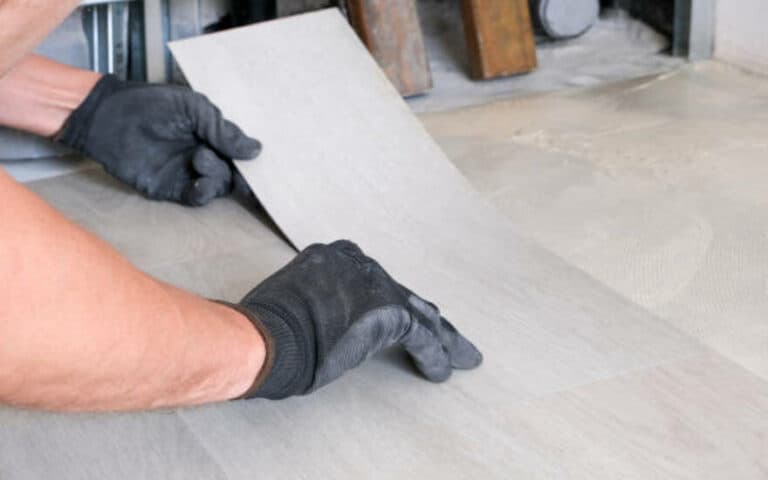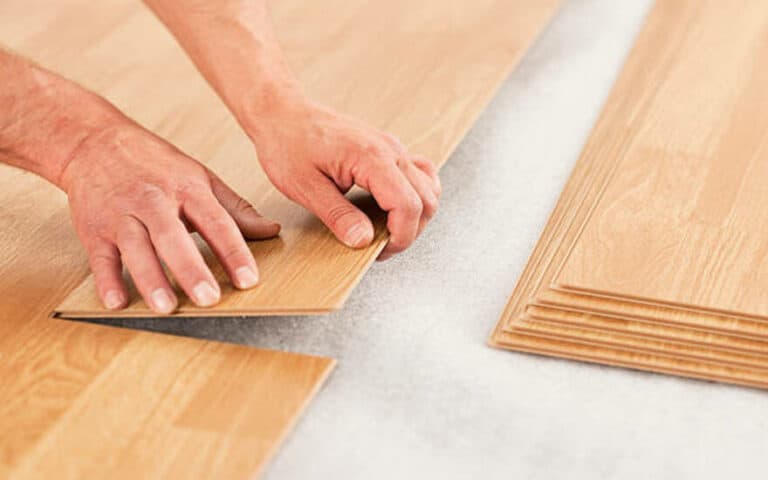I’ll show you how to draw moisture out of wood floors quickly and easily. Whether it’s a small spot or an entire room that needs attention, I have the tips and tricks to get the job done right.
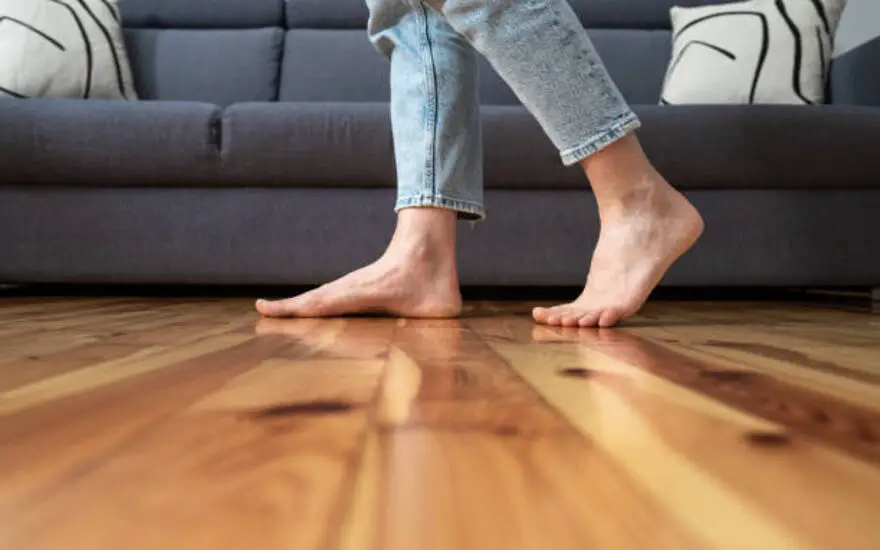
how to draw moisture out of wood floors?
Removing moisture from wood floors can be tricky, but with the proper techniques, it can be done. The first step is to use a wet vac to remove any standing water.
Consider using a lead blower to draw out moisture if the area is particularly damp. Dehumidifiers and air conditioners can also lower humidity levels and desiccants that pull water from the surrounding atmosphere.
Use fans and wipe down walls and floors with a dry towel to increase airflow. If the flooring is damaged, it may need to be replaced. Monitor for mold or mildew to prevent future issues and keep your dehumidifier running. With these steps in mind, you should have no problem successfully drawing the moisture out of your wood floors!
Step 1: Use a Wet Vacuum Cleaner to Get Rid of Standing Water
The first step to drawing moisture out of wood floors is to use a wet vacuum cleaner to remove any standing water. This is especially important for more enormous puddles or spills, as towels and mops can only do so much. This will help ensure the floor is arid before further steps are taken.
It’s also worth considering using a leaf blower to draw moisture out of the bed and dehumidifiers and air conditioners to lower humidity levels in the room. After that, desiccants can pull water out of the air around the floor, and fans can increase airflow in the room. Finally, wiping down the floors and walls with a dry towel can help to draw out any remaining moisture.
Step 2: Consider Using a Lead Blower to Draw Moisture
After removing standing water with a wet vacuum cleaner, I considered using a lead blower to draw moisture out of my wood floors. This type of blower is designed to push air at a high velocity, which helps move the humid air around and helps to reduce the moisture in my room.
I ensured the room was well-ventilated, allowing it to dry out the water more quickly. I also confirmed that the blower was pointed away from any furniture or other items in the room that could be affected by the airflow. After running the blower for a few hours, I could feel a difference in humidity levels in the room and be glad that I had taken this step in helping my wood floors dry out quicker.
Step 3: Use Dehumidifiers and Air Conditioners to Lower Humidity Levels
As previously discussed, drawing moisture from wood floors is essential to prevent damage and staining. In this step, we’ll look at how to lower humidity levels with the help of dehumidifiers and air conditioners. Dehumidifiers are great for removing excess moisture from the air, while air conditioners are great for cooling down the surrounding environment.
Both of these tools can be used to keep your home at a comfortable temperature while reducing humidity levels in the atmosphere. Using a dehumidifier or an air conditioner is a great way to draw moisture out of wooden floors and prevent further issues from arising.
Step 4: Use Desiccants to Pull Moisture Out of the Surrounding Atmosphere
In Step 4, it’s essential to use desiccants to pull moisture out of the surrounding atmosphere. Desiccants are materials designed to trap moisture from the air and keep materials dry. They’re often used in packaging and storage but can also draw moisture from wood surfaces.
Desiccants can be especially useful for controlling humidity in enclosed spaces and drawing out water from hard-to-reach places like corners and crevices. Check the instructions on the desiccant package before using it, as different products may require other treatments. Taking these extra steps helps keep your wood surfaces dry and free of damage caused by excessive moisture.
Step 5: Increase Airflow in the Room with Fans
Increasing airflow in the room is essential to draw moisture out of wood floors and keep humidity levels low. Fans should be set up in the room and run on full blast to do this. Air flow will help the dehumidifier remove moisture from the air and reduce the humidity levels in the room. Additionally, airflow will help dry out the floor slowly and allow plenty of air to flow.
To get the maximum benefit from this step, it’s essential to combine it with other measures like using a wet vacuum cleaner to get rid of standing water, using a lead blower to draw moisture, using desiccants to pull moisture out of the surrounding atmosphere, wiping down floors and walls with a dry towel, replacing damaged flooring, monitoring for mold or mildew, and using a dehumidifier.
Step 6: Wipe Down Floors and Walls with a Dry Towel
Once all the standing water has been removed from the floor, wiping down the floors and walls with a dry towel is essential. This helps to ensure that all excess moisture is removed from the surface. It also prevents the growth of mold and mildew, which can cause further damage to the wood floors.
When wiping down the floors and walls, use gentle strokes and cover all areas of the room. Once all the surfaces have been wiped down, allow them to dry completely before moving on to the next step.
Step 7: Replace Damaged Flooring
Once you have identified the source of the moisture and removed it, it’s time to replace the damaged flooring. To keep your floors looking great, you must return any warped or buckled sections due to excess water.
This can be done by replacing the damaged cells with new planks. Using a flooring specialist to ensure your new flooring is installed correctly and secured is best. Doing so will help ensure that your floors remain in good condition for years to come and prevent any further damage from occurring.
Step 8: Monitor for Mold or Mildew
Once you’ve taken all the necessary steps to draw moisture out of your wood floors, monitoring for any signs of mold or mildew is essential. If you’ve noticed a musty smell or discoloration, there may be a problem.
It’s necessary to take immediate action if you suspect mold or mildew present. Keep the area dry and well-ventilated, and use a dehumidifier if necessary. It’s also essential to inspect the site regularly for any future leaks or moisture issues, as this can cause mold or mildew growth in the future. These proactive steps will help protect your wood floors from further damage and keep your home safe and healthy.
Step 9: Use a Dehumidifier to Keep Humidity Levels Low
Once you’ve taken the steps above to reduce moisture levels and protect your wood floors, it’s essential to maintain those levels with a dehumidifier. A dehumidifier is a great way to keep humidity levels low in your home, mainly in an area with high humidity.
The dehumidifier should be placed in the most humid room, away from sources that create dirt and dust. It should also be left on for at least 24 hours, set at the highest setting possible. This will help draw out any lingering moisture from the air and floors, reducing the chance of future water damage or mold growth.
Step 10: Keep an Eye on Your Home for Any Future Leaks or Moisture Issues
Monitoring your home for any future leaks or moisture issues is essential. Even after the floors have dried out, checking for any potential problems that could arise regularly is necessary. Pay attention to any spots of dampness or wetness that may appear, and take action if necessary. Paying attention to these issues can help prevent further damage or deterioration of the floors.
Additionally, you should check the surrounding walls and ceiling for any signs of water damage. It’s also essential to regularly check underneath appliances and furniture that may be sitting on top of your wooden flooring. These steps help ensure your floors remain dry and in the best condition possible.
Moisture under hardwood floors: what to do next?
If you suspect moisture is lurking beneath your hardwood floor, the first step is to use a wet vacuum cleaner to draw out any standing water. If water has seeped into the flooring, consider using a lead blower to draw moisture out of the hardwood. Additionally, you can use dehumidifiers and air conditioners to lower the humidity levels in the room.
Desiccants can also be used to pull moisture out of the surrounding atmosphere. To increase airflow in the room, try using fans so air can circulate properly. Wipe down floors and walls with a dry towel, and replace any damaged flooring.
Monitor for any signs of mold or mildew and use a dehumidifier to keep humidity levels low. It’s also important to keep an eye on your home for any future leaks or moisture issues that may arise.
How to repair water-damaged wood floors?
If you’ve noticed water damage on your wood floors, acting quickly to repair the damage is essential. First, remove any furniture or items from the area and mop up any standing water.
You can then use a wet vacuum cleaner to remove excess moisture. Consider using a lead blower to draw out even more moisture, and use air conditioners and dehumidifiers to lower humidity levels in the room. Desiccants can also be used to pull water out of the surrounding atmosphere.
To further reduce moisture, increase airflow in the room with fans and wipe down floors and walls with a dry towel. If the damage is significant, you may need to replace affected boards and sand and refinish the whole floor.
Finally, keep an eye on your home for any future leaks or moisture issues by using a dehumidifier to keep humidity levels low.
How to draw moisture from different wood surfaces?
Now that you have drawn moisture from the floor and walls, it is time to turn your attention to other wood surfaces in your home. Depending on the type of wood, there are different methods for drawing moisture out of wood. For hardwood floors, use a mop or cloth to wipe them down, and if necessary, use an air conditioner or dehumidifier to reduce humidity levels.
Fans increase airflow, and desiccants or dehumidifiers for furniture pull moisture out of the atmosphere. If you have wood windows or doors, ensure they are correctly sealed to prevent water from getting in.
Finally, look for any signs of mold or mildew and take immediate steps to address any issues. With a little effort, you can draw moisture from different wood surfaces in your home and keep them looking great for years.
Summary
As we’ve seen in this blog, drawing moisture out of wood floors is a process that requires several steps. First, use a wet vacuum cleaner to get rid of standing water. Consider using a lead blower to draw moisture out and dehumidifiers and air conditioners to lower humidity levels. Desiccants can pull moisture out of the surrounding atmosphere, while fans can increase airflow in the room.
Wipe down floors and walls with a dry towel and replace damaged flooring if necessary. Monitor for mold or mildew, use a dehumidifier to keep humidity levels low, and monitor your home for any future leaks or moisture issues. These steps should help you draw moisture from your wood floors and prevent further damage.

